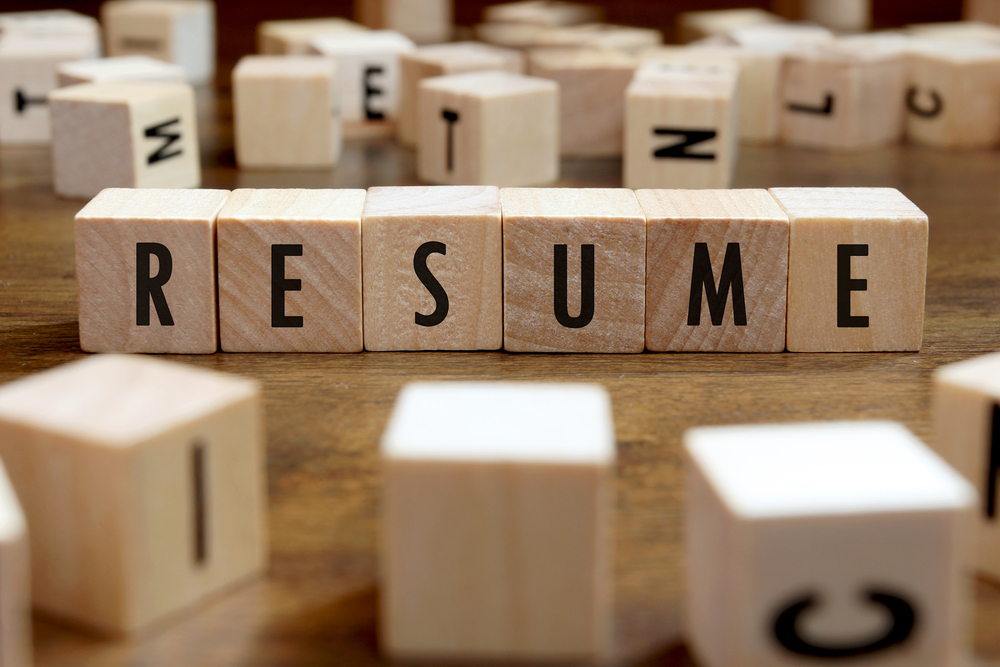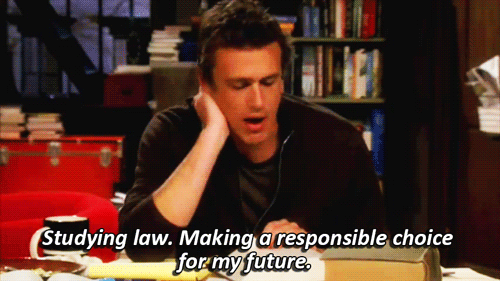
TypoArt BS / Shutterstock.com
A résumé is a document that showcases your preparation for a prospective job to a hiring manager. It includes your education and work experiences, as well as your talents, volunteer work, extracurricular activities, and publications.
Generally, the older and more experienced you are, the longer your résumé will be. For high school and college students, a standard one-page résumé is ideal, but for people who have written books, published papers, completed professional presentations, and have years of work experience, one page isn’t nearly enough. In these cases, provided all of the information is still relevant to the job, résumés may have two pages. Anything longer than two pages is better defined as a curriculum vitae (or CV), which is a detailed list of all related skills and experiences (CVs are typically used when applying for jobs in academia, while résumés are used for everything else).
There are a few things that are standard to all résumés, whether you’re in high school, college, or have already graduated.
Contact Information

New Girl / Giphy
Your name, phone number with area code, address, and email address should be obvious. Consider making your name one or two sizes larger than the text below it, and possibly in bold, so as to make it stand out. If you currently have two residences, one at home during the summer (permanent) and one at school during the year (current), list both of them! If you do get hired for a job, you’ll have to give human resources your preferred address again, but you don’t want to miss any snail mail correspondence in the meantime!
If you haven’t already, create a professional email address. You don’t want a potential employer to look at your résumé, notice that your email address is something along the lines of prettygirlxoxo@email.com, and automatically put your résumé in the “deny” pile. Consider something like firstname.lastname@email.com, or list your college email address. You can sign up for a free email address with Gmail or Yahoo.
Education

How I Met Your Mother / Giphy
If you are still in high school or college, or if you are a recent graduate without much work experience, you’re going to want to list your education right up front. For high schoolers, list your high school, your GPA, your SAT or ACT scores, and any relevant classes that you’ve taken. College students should list their schools, their expected degrees (major and, if applicable, minor), and their GPAs. Relevant coursework can be listed in a separate section, since college students generally take more specialized classes. Students who have studied abroad should list their programs within their education section.
- Both high school and college students should list their expected graduation dates, while recent graduates should list their actual graduation dates.
- Students with a GPA below 3.0 may not want to highlight their academic deficiencies. College students may choose to list their GPA in classes required for their majors instead (History GPA, for example). High school students may choose to leave their GPA off of their résumés entirely or highlight the classes in which they excel (Advanced Placement GPA, for example). If a student drastically improved his or her grades during senior year, he or she may choose to list senior GPA and overall GPA side by side.
- Once you’ve been in college for about two years, you can remove any mention of your high school from your résumé entirely since it’s no longer relevant.
Relevant Work Experience
The key word here is “relevant.” If you’re about to graduate from college, it’s unlikely that you’ll need to include any work experience from high school on your résumé. Too much time has passed and you’ve taken too many classes and gained too many skills for a job as a babysitter or a server at the local diner to be relevant to your future career. That being said, if you worked a similar job over the summer you may want to include it so that you don’t showcase too many gaps in your work history.

Office Space / Giphy
As a high schooler, you probably don’t have as much work experience as a college student, so it’s perfectly okay to include any and all jobs that you have held. It highlights your motivation and time management abilities, particularly if you worked while still in high school. Once you are at a point where you’ve worked a variety of jobs or multiple jobs for a long period of time, you can start to be a little more discriminatory about which positions make it onto your résumé.
- List your work history in reverse chronological order, starting with your most recent jobs.
- Use action words to describe what you did in each job in short sentences. Dress your achievements up a little bit so that they stand out from a crowd. For example, if you were an intern for a large law firm, but your main job was to fetch coffee for the partners and their clients, you could say, “Acted as personal assistant to partners in the firm, handled incoming phone calls, and provided refreshments to waiting clients.” It’s much more interesting to read that than “fetched coffee whenever asked.” Never lie about your responsibilities, but word them in such a way that they will catch the eye of a potential employer.
- As you get older, your résumé may highlight only two or three jobs from your past that are relevant to your prospective job. Provided you can show consistent work history, you don’t need to go back as far as high school, or even your freshman year of college. Generally, work experience is limited to the most recent 15 years, but use your discretion about what to add.
While the list above highlights three things that should be included in all résumés, the list below briefly highlights five things that you should think twice about before including on your résumé.
- A photograph: Unless you are trying to get a position as a model or an actor, a headshot is unnecessary and may actually lead to unintentional bias from the hiring manager. Skip it.
- References: These just take up space that could be used more effectively. Instead of adding references, include another previous job or add another bullet point describing a position. If the hiring managers want references, they’ll ask for them. Skip it.
- An objective: Including an objective is a little outdated. For high school students who have less experience and may need to fill up a little space, including a one- or two-sentence objective at the top of your résumé is okay. Otherwise, everyone pretty much understands that résumés are supposed to lead to jobs or acceptance at a school. There’s no need to state the obvious.
- Color: Do not dress up your résumé with fancy fonts, colorful text, or colorful paper. Formatting should be simple and easy to understand. Excessive use of design elements may lead hiring managers to wonder why you’re trying to take attention away from what could be written plainly in black and white. It’ll get their attention but not in a good way. Skip it.
- Personal information: You don’t want to give a hiring manager any reason to discriminate against you. Most people will be able to determine your sex from your name, but don’t include age, race, sexual orientation, or anything else that could lead to your résumé being put aside for reasons that have nothing to do with your qualifications. Skip it.
-
Lessons You Can Learn from Working a Minimum Wage Job
-
Why (and How) to Start Networking in College
-
Do Employers Look at More than Your Résumé and Transcripts?
-
How to Prepare for and Succeed at Your Next Interview
-
Six Do’s and Don’ts for Your First Day on a New Job
-
Summer Jobs in College: Why It’s Okay to Work a Different Job Each Year
-
Claves para una entrevista laboral
-
12 Things You Should Not Put on Your Résumé
-
How to Turn Your Internship into A Job Offer
-
Managing Your Social Media Presence: Yes, Schools Might Look You Up
-
Five Reasons Why You Should Consider Trade School
-
Using Online Classes to Make a Career Change

